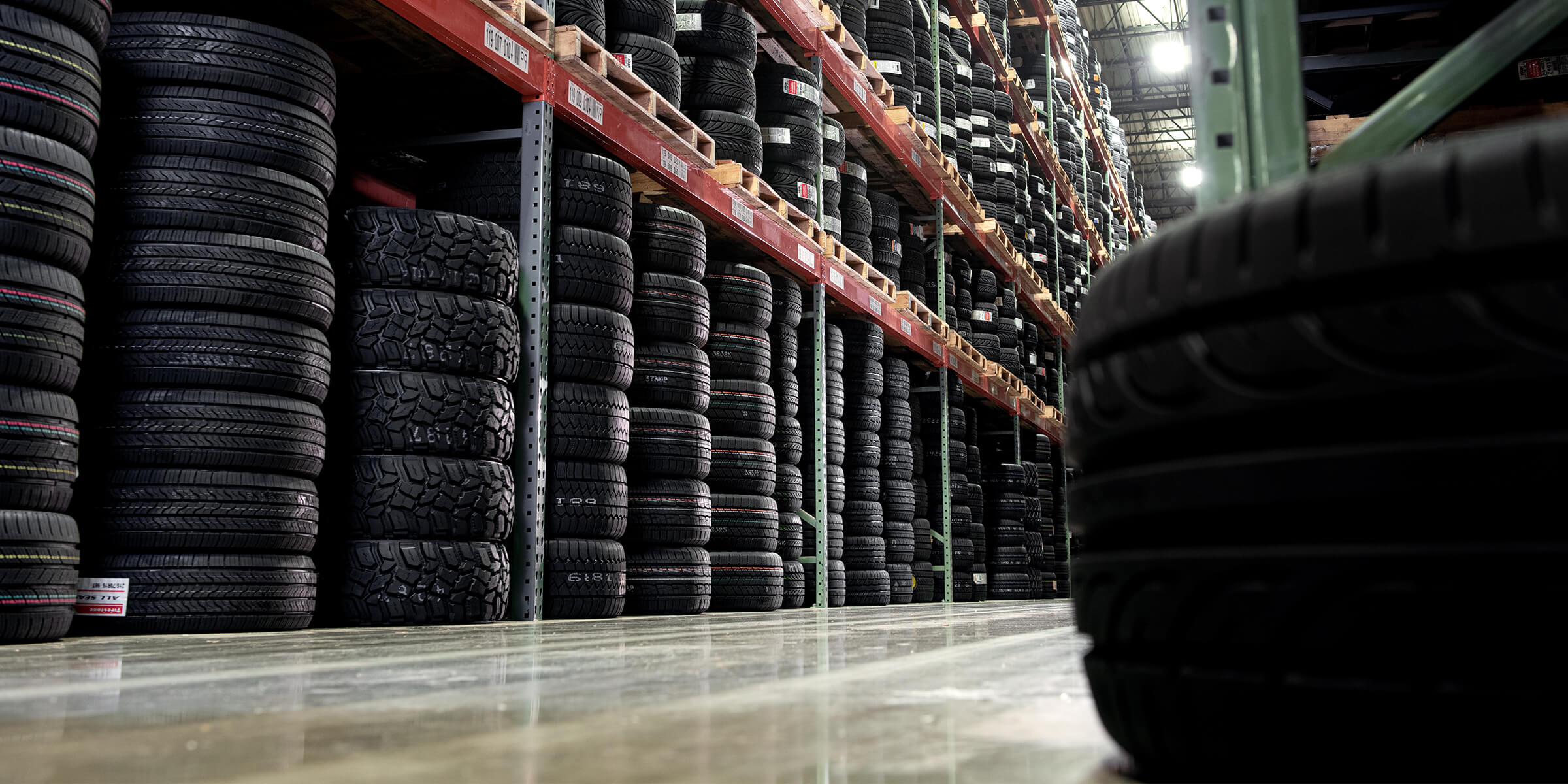Expert Morris Tire and Alignment: Boost Your Car's Efficiency
Wiki Article
Tire Service: The Impact of Climate Condition
When it comes to guaranteeing optimum efficiency and safety on the road, understanding the impact of weather condition problems on tire solution is crucial. In this discussion, we will certainly explore the complex relationship in between weather problems and tire service, losing light on the relevance of weather-specific tire maintenance practices and factors to consider.Warmth and Tire Efficiency
When exposed to high temperature levels, tires experience adjustments in efficiency that can significantly impact car security and handling. The warm produced from long term driving or warm weather condition problems causes the tire rubber to soften, leading to minimized walk life and boosted wear.Moreover, high temperatures can speed up the procedure of tire aging, triggering the rubber to weaken more swiftly. To alleviate the results of heat on tire efficiency, drivers ought to regularly inspect their tire pressure, turn tires to guarantee even put on, and evaluate for any kind of indications of damages.
Cold Weather Condition Impacts
Winter conditions can have a considerable effect on tire efficiency and safety. As temperature levels decrease, tire rubber can harden, resulting in decreased traction on icy or snow-covered roads. In chilly weather condition, tires may also lose atmospheric pressure a lot more swiftly, which can impact taking care of and fuel effectiveness. Additionally, cold temperatures can cause tire sidewalls to tense, boosting the risk of damages from fractures or various other roadway hazards.
To mitigate the impacts of winter on tires, it is important to frequently examine tire stress and inflate them to the maker's suggested degrees. Using winter months or all-season tires developed for chilly weather conditions can likewise improve traction and hold on icy or snowy roads - morris tire and alignment. Proper tire maintenance, consisting of regular examinations for wear and damage, ends up being a lot more important throughout cooler months to make sure optimal performance and security
Rainy Issues Impact
Throughout wet conditions, tire efficiency and safety can be significantly influenced by the wet roadway surface areas and reduced exposure. The walk pattern of tires plays an essential function in preserving grip on wet roadways. Tires with worn-out footsteps are extra prone to hydroplaning, where a layer of water develops in between the roadway and the tire surface area, bring about loss of traction. To battle this, vehicle drivers ought to regularly check their tires for sufficient step deepness and consider spending in tires specifically created for wet conditions.

Snow and Tire Safety And Security
Snow-covered roadways posture unique obstacles for vehicle drivers, emphasizing the relevance of correct tire selection and maintenance. When driving in snowy conditions, having the ideal tires can make a substantial difference in safety and performance. Winter tires are developed with unique rubber compounds and step patterns to give far better grip on snow and ice compared to all-season tires. The much deeper treads and sipes of winter tires aid hold the roadway much better, reducing the threat of sliding and sliding.Along with utilizing winter months discount tires morris il tires, it is vital to guarantee they are properly inflated. Cold climate can cause tire pressure to go down, influencing grip and handling (mopar tire service specials). On a regular basis checking and preserving the appropriate tire stress is necessary for optimum performance in snowy problems

Weather-Related Tire Upkeep
When confronted with various climate condition, proper tire maintenance becomes an essential element of automobile security and efficiency. Weather-related tire maintenance encompasses a variety of techniques focused on ensuring ideal tire function and long life in various climate circumstances. One key aspect of weather-related tire upkeep is tire stress guideline. Fluctuating temperature levels can trigger tire pressure to vary, affecting grip and fuel effectiveness. Regularly changing and inspecting tire stress according to maker recommendations is necessary for secure driving in transforming weather. In addition, tire step depth plays a significant duty in dealing with different weather condition elements. Tires with sufficient step deepness supply much better grip on wet or icy roads, decreasing the risk of skidding or hydroplaning. Examining tire tread consistently and changing tires when step wear gets to a particular depth is important for preserving traction and security in damaging weather. By prioritizing weather-related tire maintenance, chauffeurs can enhance security, boost automobile performance, and extend the lifespan of their tires.Conclusion
In conclusion, climate condition have a substantial effect on tire performance and security. From warm impacting tire stress and use to winter decreasing traction, it is necessary to take into consideration the weather when keeping and using tires. Stormy problems can lower grasp and bring about hydroplaning, while snow can enhance the threat of accidents if tires are not properly furnished. Weather-related tire maintenance is vital in ensuring ideal performance and security on the roads.In this conversation, we will explore the complex relationship between weather conditions and tire solution, shedding light on the significance of weather-specific tire upkeep methods and factors to consider.

Report this wiki page